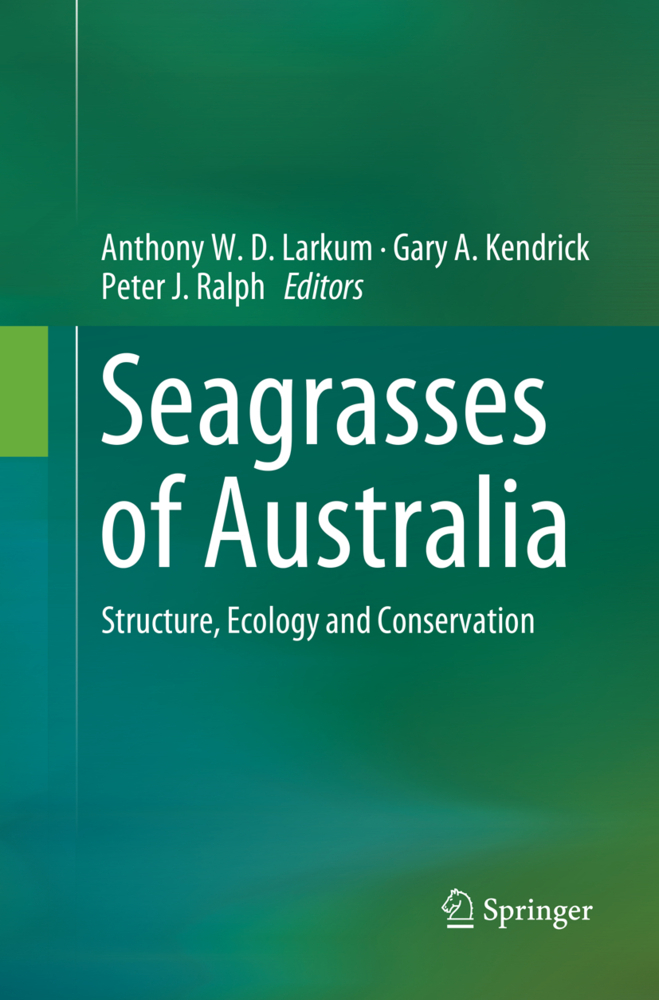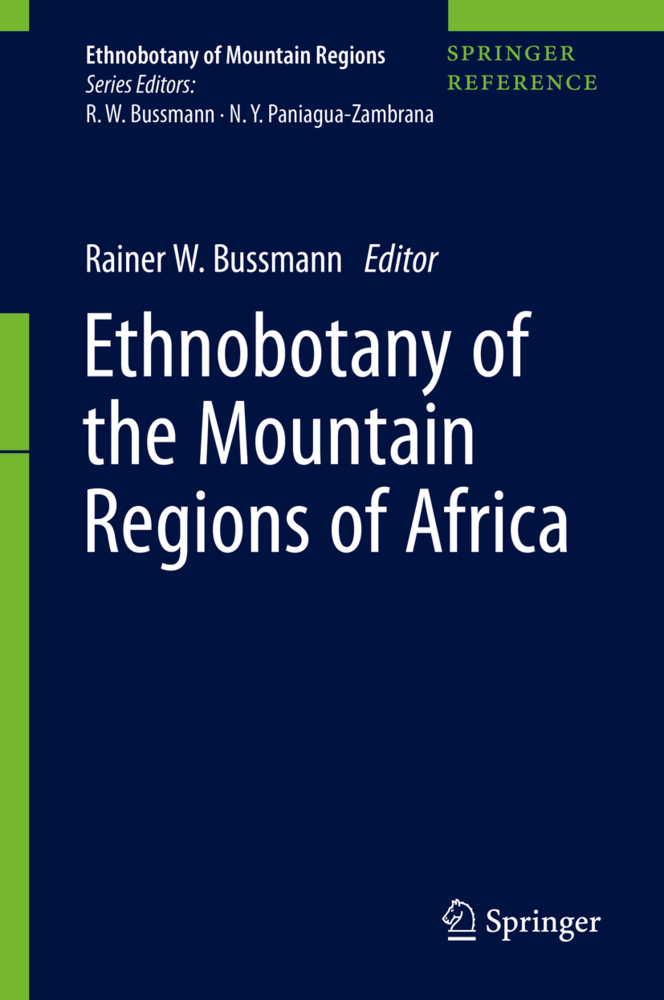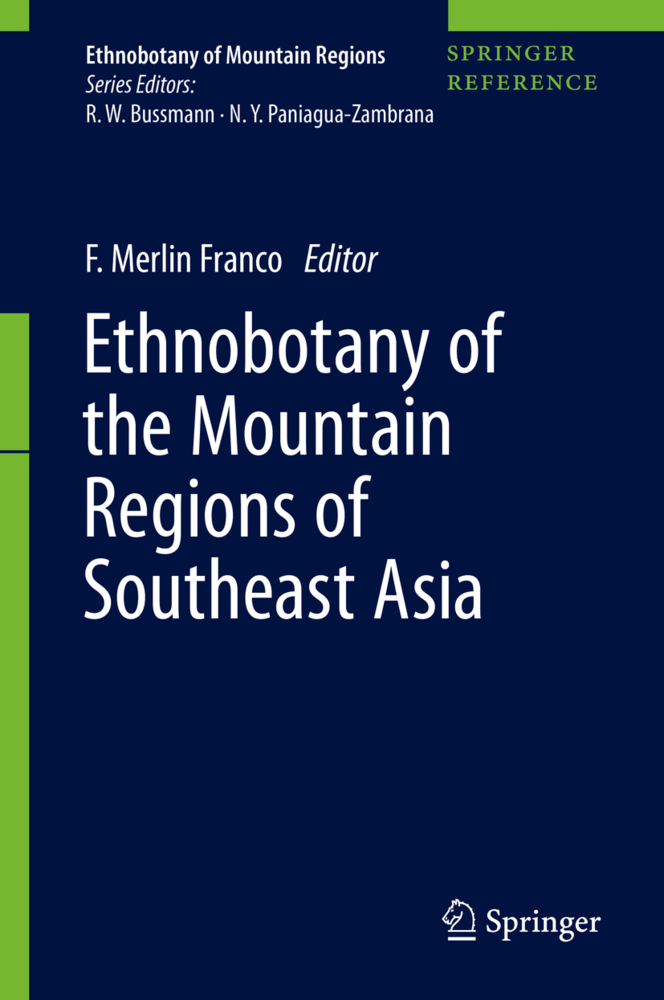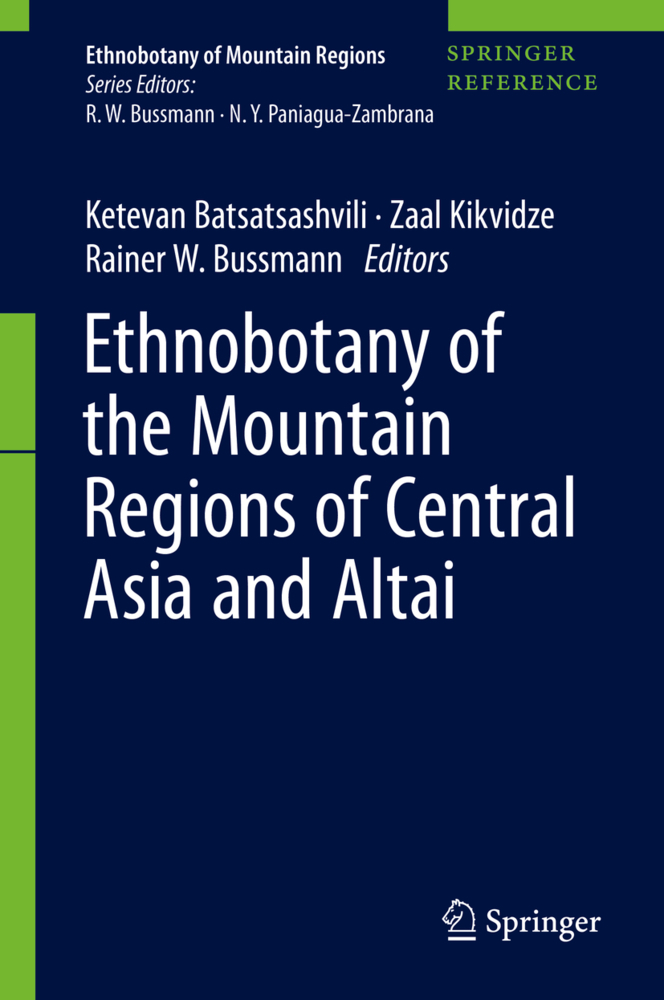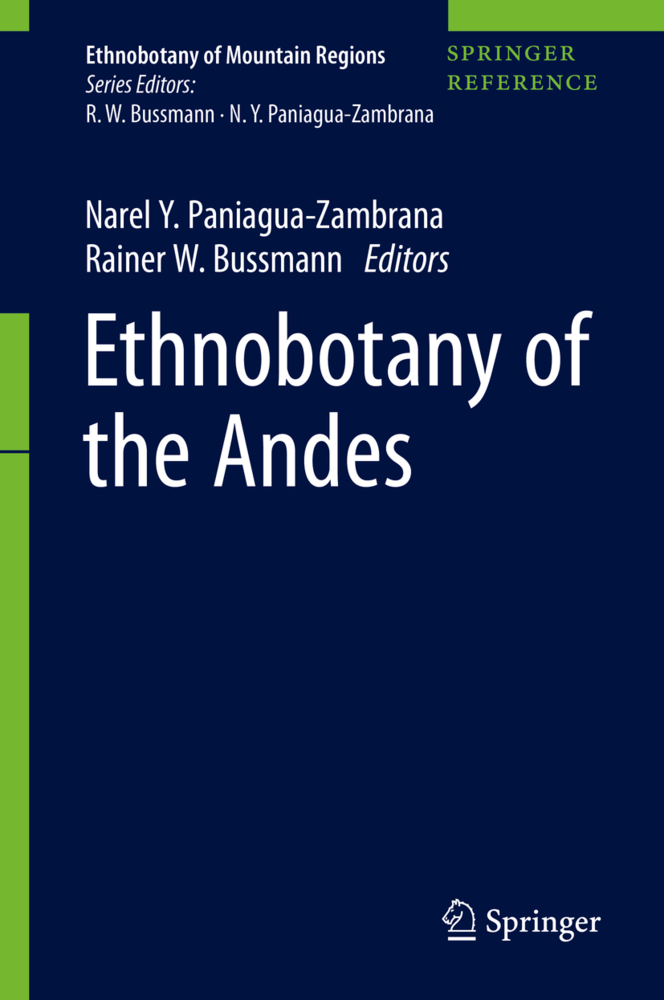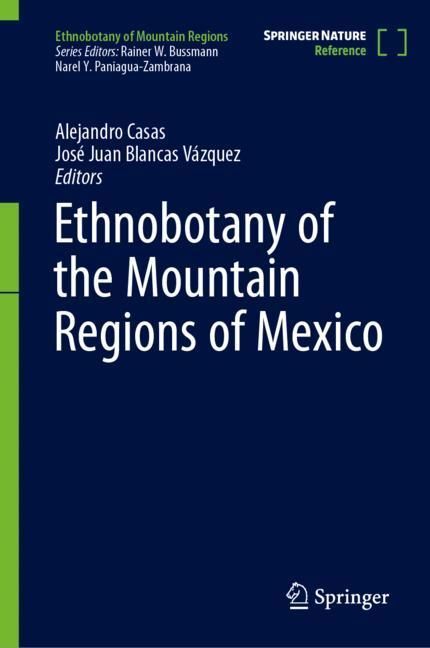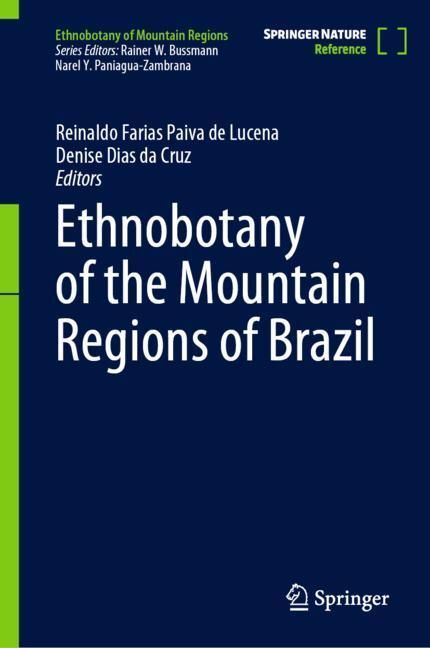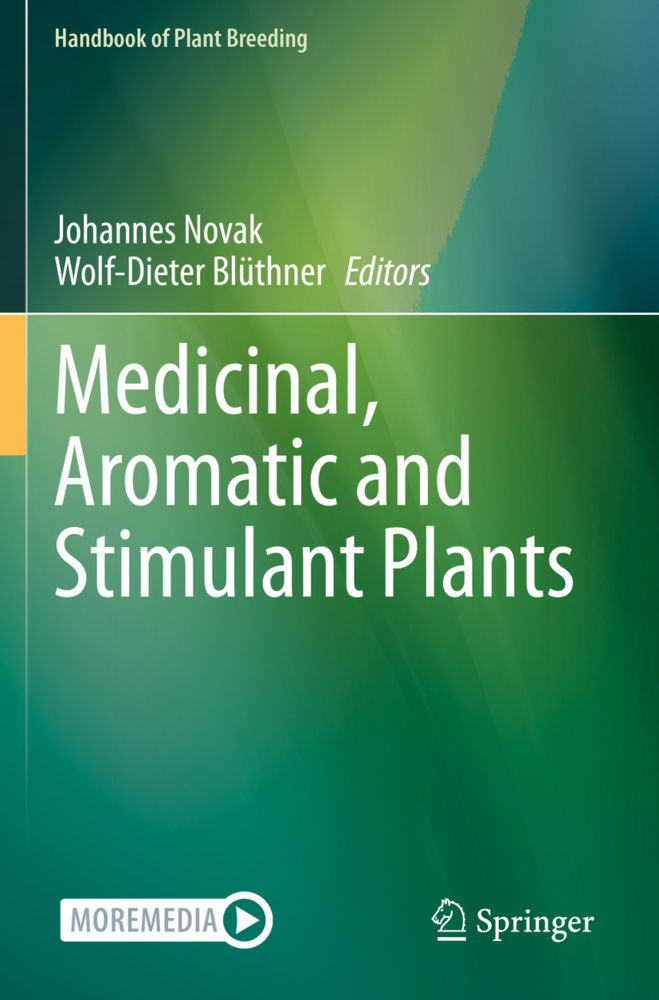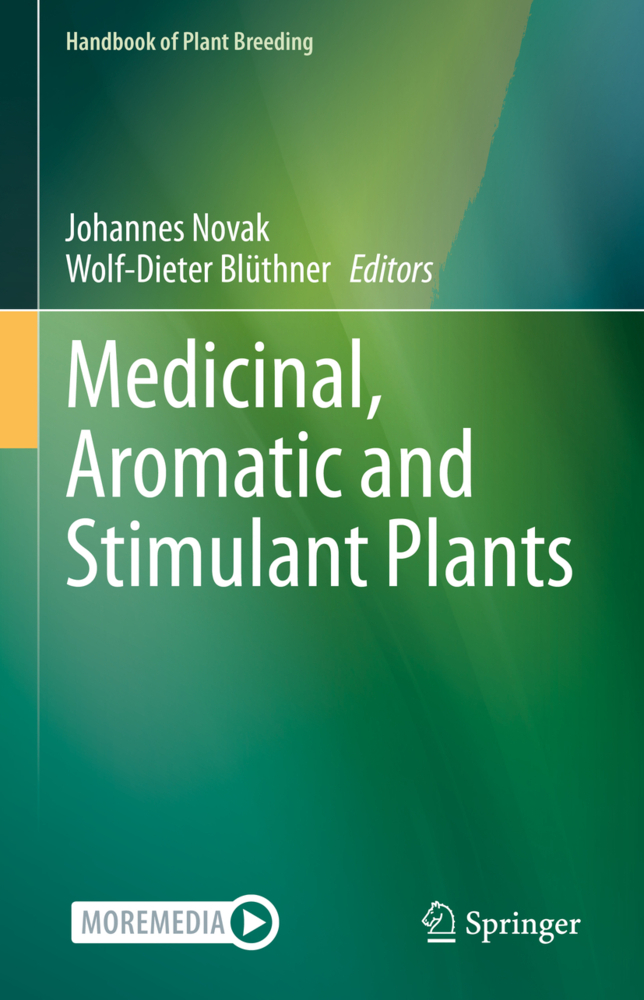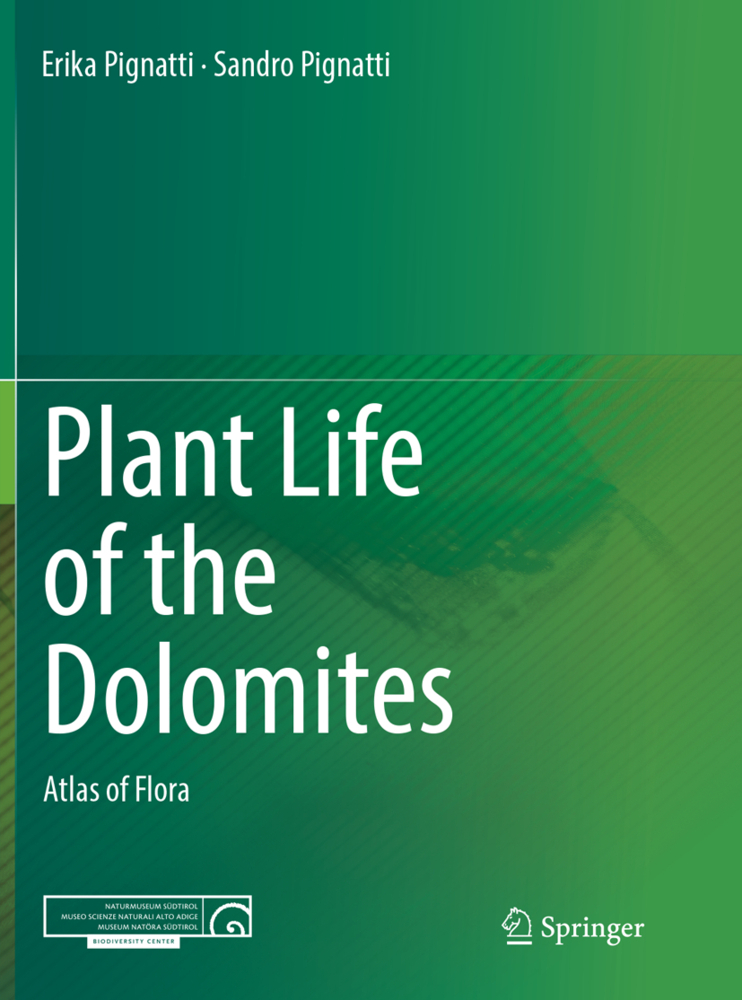Seagrasses of Australia
Seagrasses of Australia
This book takes the place of "Biology of Seagrasses: A Treatise on the Biology of Seagrasses with Special Reference to the Australian Region", co-edited by A.W.D. Larkum, A.J. MaCComb and S.A. Shepherd and published by Elsevier in 1989. The first book has been influential, but it is now 25 years since it was published and seagrass studies have progressed and developed considerably since then. The design of the current book follows in the steps of the first book.
There are chapters on taxonomy, floral biology, biogeography and regional studies. The regional studies emphasize the importance of Australia having over half of the world's 62 species, including some ten species published for Australia since the previous book. There are a number of chapters on ecology and biogeography; fish biology and fisheries and dugong biology are prominent chapters. Physiological aspects again play an important part, including new knowledge on the role of hydrogen sulphide in sediments and on photosynthetic processes. Climate change, pollution and environmental degradation this time gain an even more important part of the book. Decline of seagrasses around Australia are also discussed in detail in several chapters. Since the first book was published two new areas have received special attention: blue carbon and genomic studies. Seagrasses are now known to be a very important player in the formation of blue carbon, i.e. carbon that has a long turnover time in soils and sediments. Alongside salt marshes and mangroves, seagrasses are now recognized as playing a very important role in the formation of blue carbon. And because Australia has such an abundance and variety of seagrasses, their role in blue carbon production and turnover is of great importance. The first whole genomes of seagrasses are now available and Australia has played an important role here. It appears that seagrasses have several different suites of genes as compared with other (land) plants and even in comparison with freshwater hydrophytes. This difference is leading to important molecular biological studies where the new knowledge will be important to the understanding and conservation of seagrass ecosystems in Australia. Thus by reason of its natural abundance of diverse seagrasses and a sophisticated seagrass research community in Australia it is possible to produce a book which will be attractive to marine biologists, coastal scientists and conservationists from many countries around the world.
A. Biogeography
1. Evolution and Biogeography of Australian Seagrasses; Anthony Larkum et al.- 2. Biogeography of Australian seagrasses NSW, Victoria, Tasmania and temperate Queensland; Peter Macreadie et al
3. Seagrasses of southern and south-western Australia; Kieryn Kilminster et al
B. Taxonomy and Anatomy
4. Anatomy and Structure of Australian Seagrasses; John Kuo et al
C. Molecular and Taxonomic Studies
5. Systematics and evolution of Australian seagrasses in a global context; Michelle Waycott et al
6. Genetic Connectivity in Tropical and Temperate Australian Seagrass Species; Kathryn McMahon et al
D. Ecology
7. Seagrass dynamics and resilience; Rod Connolly et al
8. Reproductive, Dispersal and Recruitment Strategies in Australian Seagrasses; Craig Sherman et al
9. Australian Seagrass Seascapes: present understanding and future research directions; Gary A. Kendrick et al
10. Seagrass resistance to light deprivation: implications for resilience; Katherine O'Brien et al
E. Physiology
11. Photosynthesis and Metabolism; Anthony Larkum et al
12. Microbiology of Seagrass habitats; Justin Seymour et al
13. Rhizome, Root/Sediment interactions, Aerenchyma and Internal Pressure Changes in Australian Seagrasses; Kasper Elgetti Brodersen et al
14. Seagrasses in the south-east Australian region - distribution, metabolism, and morphology in response to hydrodynamic, substrate, and water quality stressors; Angus Ferguson et al
15. Mapping, Monitoring and Modelling Seagrass; Stuart Phinn et al
F. Fauna
16. The role of consumers in structuring seagrass communities: direct and indirect mechanisms; Robert J Nowicki et al
17. Faunal Assemblages of Seagrass Ecosystems; Paul York et al
18. The roles of seagrasses in structuring associated fish assemblages and fisheries; Glenn Hyndes et al
19. Dugongs: Seagrass community specialists; Helene Marsh et al
G. Pollution & Global Climate Change
20. Decline and Restoration Ecology of Australian Seagrasses; John Statton et al
21. Global Warming and Ocean Acidification: Effects on Australian Seagrass Ecosystems; Ylva Olsen et al
22. Estimating seagrass blue carbon and policy implications: the Australian perspective; Peter J Ralph et al
23. Conclusions
Appendix: Taxonomy of Australian Seagrasses; John Kuo et al
Index.
Larkum, Anthony W. D.
Kendrick, Gary A.
Ralph, Peter J.
| ISBN | 978-3-030-10044-5 |
|---|---|
| Artikelnummer | 9783030100445 |
| Medientyp | Buch |
| Copyrightjahr | 2019 |
| Verlag | Springer, Berlin |
| Umfang | XI, 797 Seiten |
| Abbildungen | XI, 797 p. 150 illus., 104 illus. in color. |
| Sprache | Englisch |

